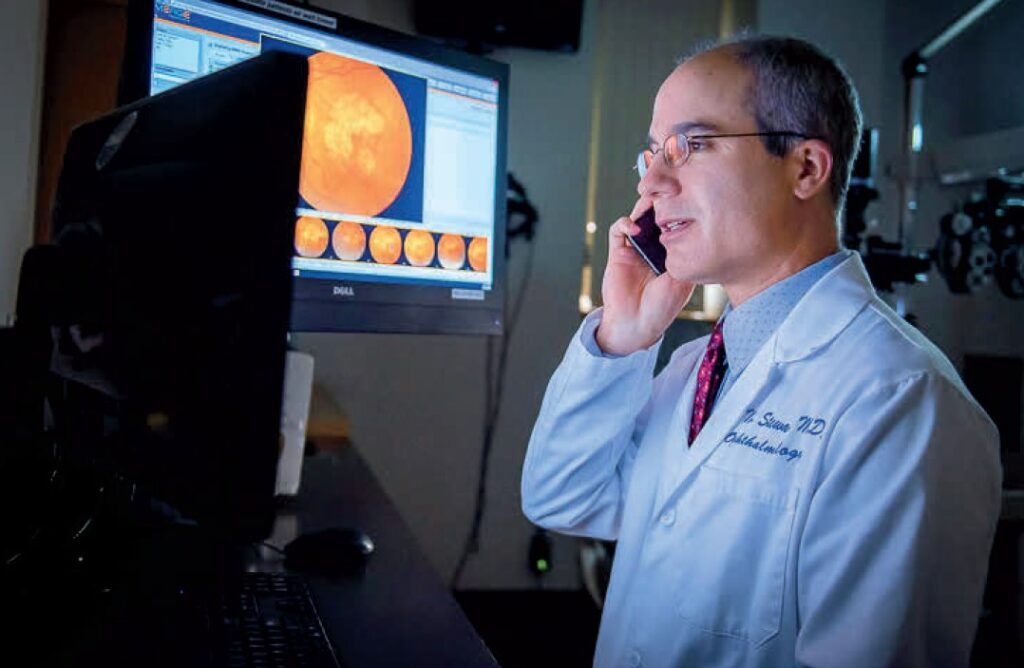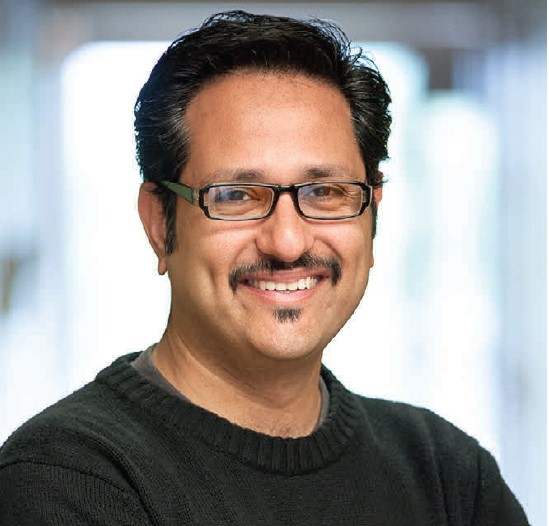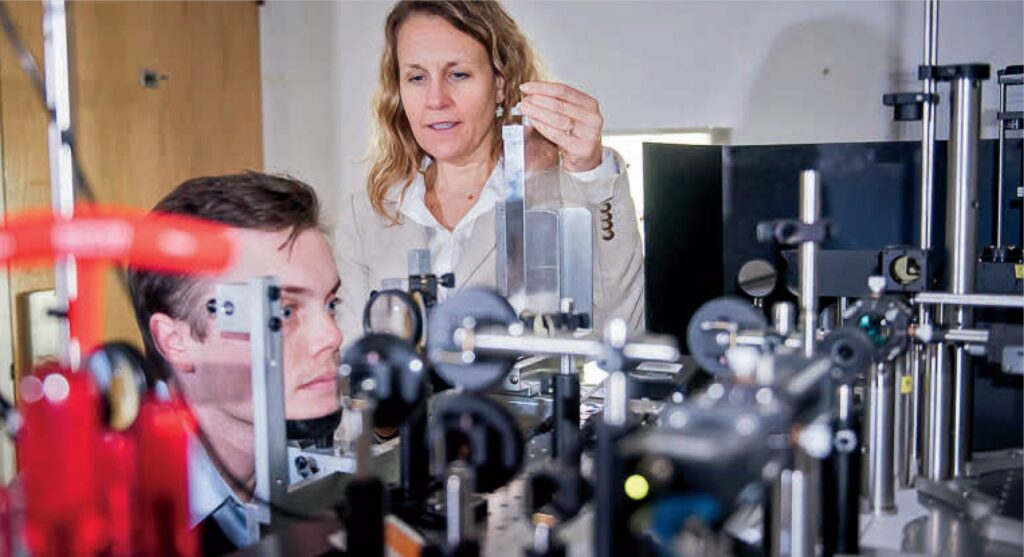AUDACIOUS GOALS
What if individuals disabled by retinal vision loss could embark on a journey aboard a rocket that would restore their sight?
The Audacious Goals Initiative, established by the National Eye Institute in 2018, has made it a primary objective to conduct research aimed at creating such a groundbreaking “rocket” within the next 10 to 15 years by restoring vision through regeneration of the retina. Distinguished scientists from across the nation are joining forces, collaborating to push the boundaries of vision science.

With gifts over $2 million thus far, a team of four vision scientists from UCSF are co-leading five-year cross-disciplinary investigations to advance this federal initiative.
Their triumph, along with the success of the entire initiative, holds the potential to revolutionize treatment and outcomes for individuals diagnosed with macular degeneration, glaucoma, inherited retinal disorders, retinal detachments, and traumatic retinal injuries.
Developing new imaging tools
One of the multi-site teams, led by UCSF Ophthalmology Chair, Jacque Duncan, MD, in partnership with Jay Stewart, MD and Deepak Lamba, MBBS, PhD, is diligently working on developing new imaging tools capable of scrutinizing the eye with unparalleled precision. Collaborating with Austin Roorda, PhD (UC Berkeley), and Joseph Carroll, PhD (Medical College of Wisconsin), Dr. Duncan utilizes these advanced tools to record light-sensing cells in patients with healthy retinas. Then they compare the healthy retinas to retinas of those with degenerating cells caused by genetic mutations and patients with retinal detachment after surgical repair.

Stem cell biologist Deepak Lamba, MBBS, PhD, and his team are actively engaged in creating research models that increasingly emulate macular characteristics and diseases. Dr. Duncan compares the structure and function of these experimental photoreceptor cells to the images of cells from her patients diagnosed with macular diseases and inherited retinal degeneration. The closer the resemblance between the two, the higher the credibility of the lab-generated model.
Additionally, Dr. Lamba collaborates with Dr. Carroll to evaluate the potential of these cells to integrate into a diseased retina for visual recovery.

In another facet of the research, glaucoma specialist Yvonne Ou, MD, co-leads an investigation to pinpoint biological factors that facilitate neural regeneration in the retina. After scientists from Indiana University, Legacy Devers Eye Institute, and Oregon Health and Science University have transplanted and

studied image-transmitting cells in the retina, Dr. Ou’s lab then reconstructs the anatomic circuitry of the transplanted cells to determine to what extent they have integrated within the retina affected by glaucoma.
Collaboration works
In addition to funding, the Audacious Goals Initiative fosters regular collaboration among all the research teams, enabling feedback, information sharing, and input from an advisory group. This collaborative approach has already proven fruitful. As Dr. Duncan states, “With this support, we can fine-tune our approaches mid-course, accelerating discovery. It’s unlike any other federal grant I’ve been awarded.”
